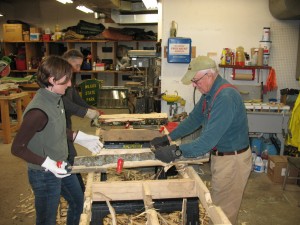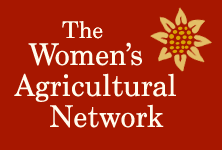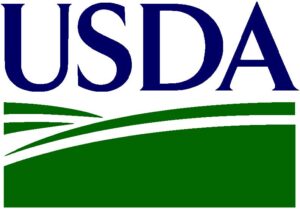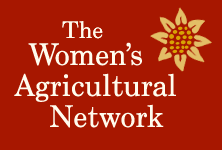Editor’s Note: This week’s blog post, from UVM Extension community forestry educator Caitlin Cusack, provides practical information about ways landowners and farmers can mitigate the impact of emerald ash borer on our woodlands.
The hanging of purple traps in ash trees has become as much of a spring tradition in recent years as maple sugaring and mud season. 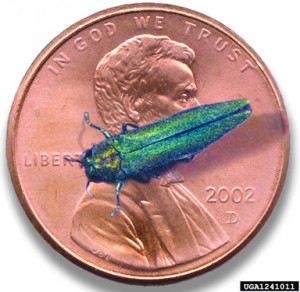 These traps are designed to detect the emerald ash borer (EAB), a small, non-native forest insect pest that attacks all species of ash native to Vermont and has killed millions of ash trees elsewhere in the US.
These traps are designed to detect the emerald ash borer (EAB), a small, non-native forest insect pest that attacks all species of ash native to Vermont and has killed millions of ash trees elsewhere in the US.
As a forester and coordinator of the Forest Pest First Detector Program—a network of over 100 volunteers who are helping Vermont detect and prepare for EAB and other damaging tree pests—one of the most common questions I hear from landowners is, should I cut my ash trees now?
My answer:
Don’t panic. While EAB is close to Vermont, it is primarily spread by movement of firewood from infested areas and management techniques are being employed to slow the spread. Even when EAB does arrive in Vermont, it may not spread rapidly and landowners will still be able to sell ash logs. EAB damaged wood can be utilized as lumber that can be further processed into furniture, sports equipment, tool handles, black ash baskets, paper and bioenergy products. Furthermore, the liquidation of ash could eliminate genes that help ash tolerate EAB as well as seedlings or a seedbank to populate a new generation.
Plan for EAB now. First consider what’s at risk: how much ash do you have; what is its’ size and quality, and where is it located? State and federal staff encourage woodland owners to:
- Maintain ash as a component of the forest;
- Promote a diversity of native species; and
- Conserve the economic value of ash.
If your land is enrolled in the Use Value Appraisal program, you must follow your approved forest management plan or amendment. Work with a consulting forester to protect your interests and your woods. Resources are available at http://www.vtinvasives.org/tree-pests/information-landowners or contact your County Forester.
Look up to look out for EAB and keep up-to-date
Woodpecker activity is often the first sign that a tree might be infested with EAB. Learn about other signs and symptoms and report them at http://www.vtinvasives.org/tree-pests/report-it. Stay abreast of new information to avoid short-sighted decisions. Visit VTinvasives and sign up for the e-news.
Be part of the solution
EAB was first introduced to Detroit in 2002, and since then, it has killed over 40 million ash trees in southeastern Michigan alone. With over 100 million ash trees growing along our streets and in our yards, woodlots and wetlands, EAB will significantly impact Vermont homeowners, businesses, landowners and municipalities. Luckily, we have time to prepare and make thoughtful decisions about our woods to mitigate the impacts and make sure that ash is a part of Vermont’s future.
Since EAB was introduced, communities and homeowners have saved high value trees by treating them with insecticides. Native wasps have been released as a future biological control, and several government agencies and individuals have saved ash seed. All of this will hopefully make sure our future includes ash trees.
This future hinges upon each of you making informed decisions about your own woods and helping us to find EAB early. Learn how to get involved by visiting: http://www.vtinvasives.org/tree-pests/get-involved.
About the author: Caitlin Cusack, a Community Forestry Educator with UVM Extension and coordinator of the Forest Pest First Detector Program. Caitlin has a master’s degree in forestry and worked as a consulting forester prior to joining Extension. She resides in Monkton where she has been bitten by the sugaring bug and makes maple syrup, candy and cream with her partner, Matt.

